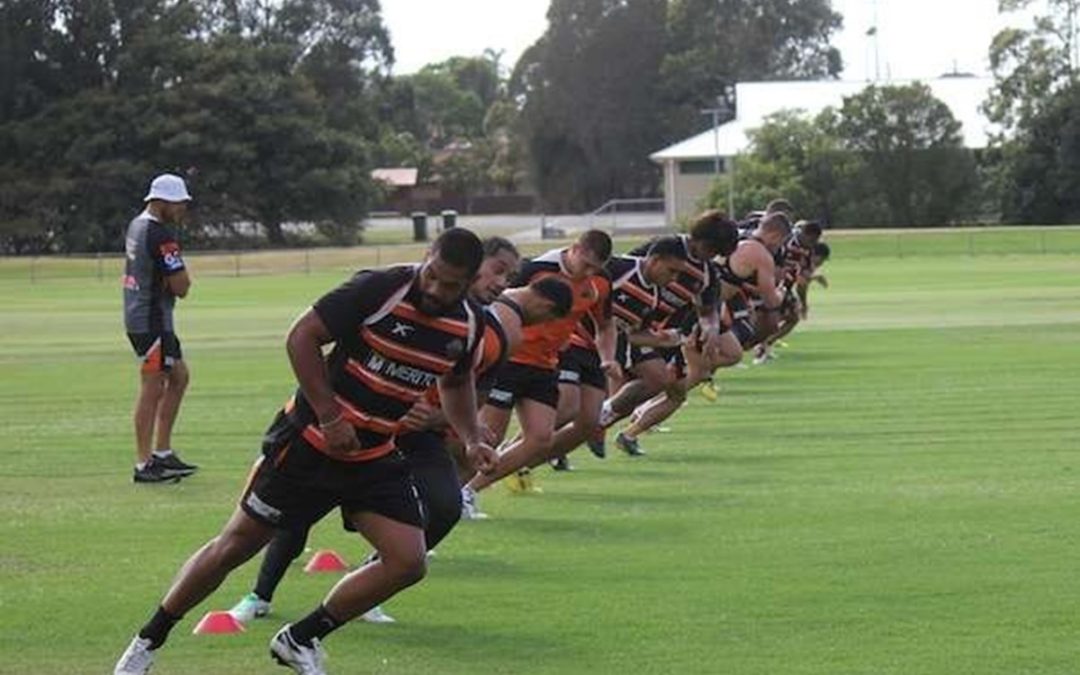Scott, Tannath J.; Delaney, Jace A.; Duthie, Grant M.; Sanctuary, Colin; Ballard, David A.; Hickmans, Jeremy A.; Dascombe, Ben J. The reliability and usefulness of the 30-15 Intermittent Fitness Test in Rugby League. J Strength Cond Res. 2014, In Press
This study examined the reliability and usefulness of the 30-15 Intermittent Fitness Test (30-15IFT) within rugby league. Fifty-five young rugby league players participated in the study. These included representative players from Under 16’s (n=19, 15.6 +/- 0.3 yr, 78.1 kg +/- 10.9 kg), Under 18’s (n=21, 17.4 +/- 0.5 yr, 86.9 +/- 11.2 kg) and Under 20’s (n=15, 19.4 +/- 0.5 yr, 95.9 +/- 8.7 kg) squads within a professional rugby league club. Players performed the 30-15IFT twice within nine days of each other. Maximal intermittent running velocity (VIFT) and heart rate at exhaustion (HRpeak) were collected for both tests. Intra-class coefficients (ICC) for the ‘Combined’ and Under 20’s were very large (r > 0.7); while the ICC for Under 16’s and Under 18’s were almost perfect (r > 0.9). Coefficients of variation (%CV) were 1.9% (95% CI, 1.6-2.4) for the combined test-retest of the 30-15IFT and 0.6% (0.5-1.0) for HRpeak. As the typical error of measurement (TE) (0.36 km.h-1) was greater than the smallest worthwhile change (SWC) (0.21 km.h-1) value, the usefulness of the VIFT was rated as ‘Marginal’. The TE for HRpeak was similar to the SWC, rating the usefulness of this variable as ‘OK’. Despite the usefulness of the 30-15IFT being deemed ‘Marginal’, a change as small as 0.5 km.h-1 (1 stage) in VIFT could be considered substantial or ‘real’. As a consequence the 30-15IFT presents as both a reliable and useful field test in the assessment of intermittent fitness for rugby league players.

